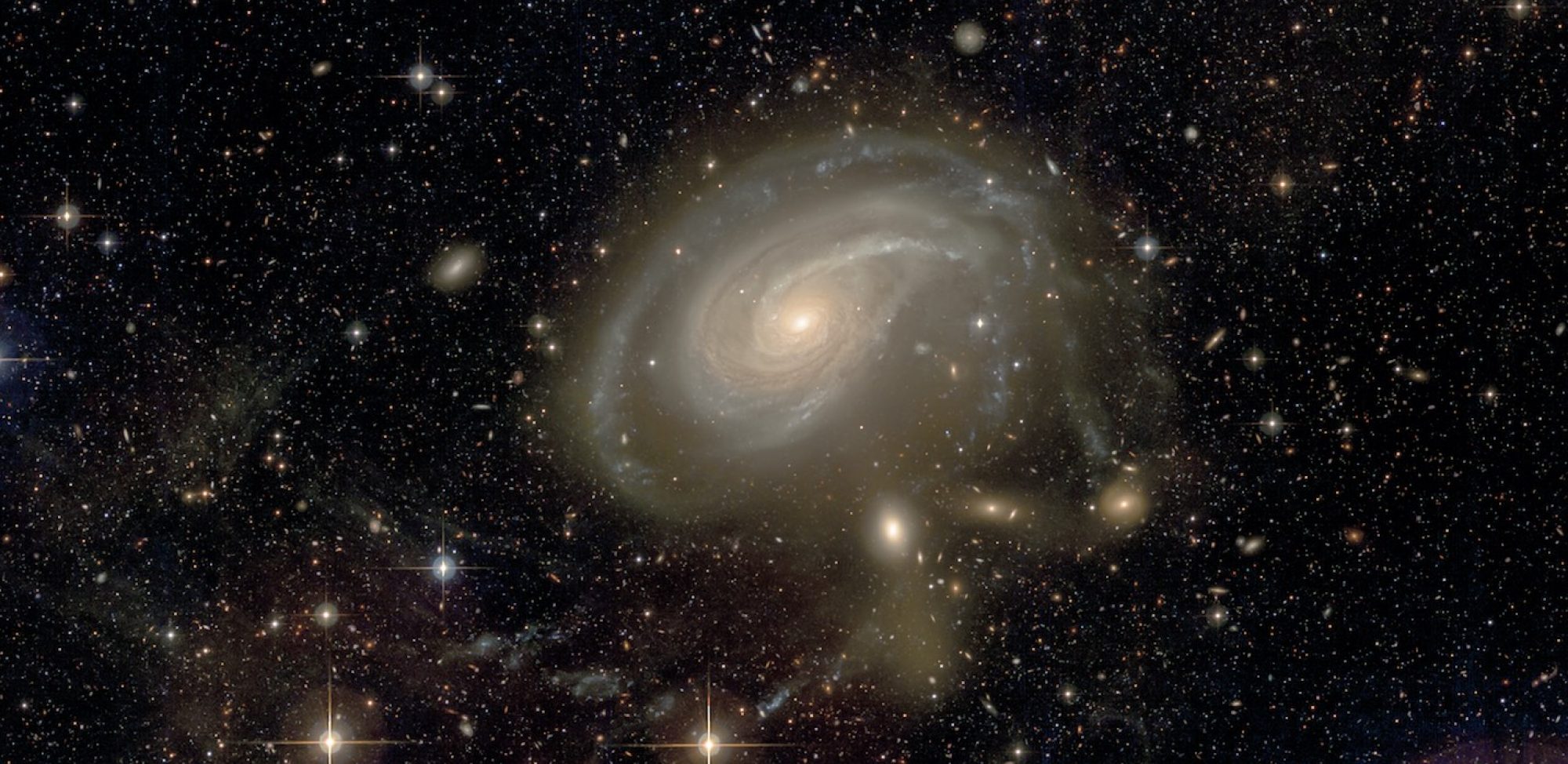
Context. The HI content of dwarf galaxies provides valuable insights into the effects of the internal processes and the environment on galaxy morphology and evolution.
Aims. We investigate the HI properties of the 2210 dwarf and ultra-diffuse galaxies (UDGs) in the low to moderate density environ- ments of the Mass Assembly of early-Type GaLAxies with their fine Structures (MATLAS) survey. We examine how these properties correlate with the optical properties, morphology and local environment of the dwarfs.
Methods. We make use of the HI data obtained with the Westerbork Synthesis Radio Telescope in the context of the ATLAS3D HI survey. These HI observations are combined with the extragalactic HI sources from the ALFALFA survey study the HI content in the MATLAS dwarfs located in the targeted regions of the sky.
Results. We find HI line detections for 145 MATLAS dwarf galaxies, of which 42 are dwarf ellipticals and 3 are UDGs. We use the extracted distances to confirm the dwarf nature of the galaxies and measure HI masses in the range 5.0 log(MHI/M⊙) 9.5. The HI dwarfs have on average bluer (g − i)0 and (g − r)0 colors than the median colors of the non-HI-detected dwarfs. We find relations between the HI mass and the stellar mass M∗, blue luminosity MB consistent with dwarfs from various environments in the literature. We detect HI gas in 5% of the UDGs, suggesting that HI-rich UDGs are rare in our sample. We identified 17 dwarfs with a HI mass- to-light ratio and morphological properties consistent with a transitional-type morphology. We find low surface brightness structures consistent with a tidal dwarf morphology for 5% of the sample and ∼ 10% of the galaxies show features typical of dwarf-dwarf interactions. We observe an increase of the HI content in dwarfs with the angular distance to the host ETG and, as in the Local Group, a preference for the HI-bearing dwarfs to be located beyond 270 kpc from their host.
Conclusions. We observe a significant impact of the environment on the dwarfs morphology, with an HI mass dependence on the local density or the observation of tidal features, such that the dwarfs morphology can not only be defined based on the internal properties.
Poulain et al., 2022 A&A 659, 14

